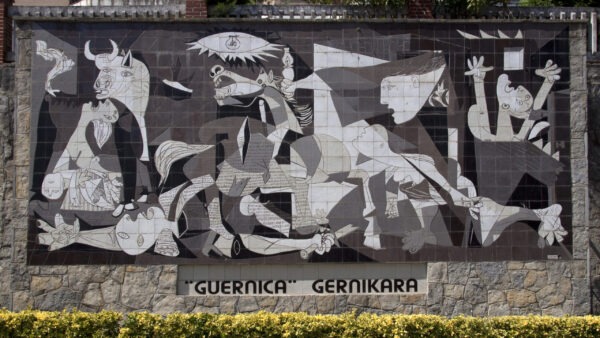The Tragic Scheme
The early 1600s in England were a tumultuous time, defined by deep religious tensions anduncertainty. In 1605, a group of Catholic men hatched a desperate plan they believed could change the course of history. However, their scheme would only lead to tragedy. What became known as the “Gunpowder Plot” sent shockwaves through the nation and continues to shape our understanding of one of the darker periods in Britain’s past.
Growing Tensions
To grasp what drove these men to their extreme plan, we must understand the context of the era. In the late 1500s, Queen Elizabeth I had established the Church of England, led by the Protestant monarch. Yet Catholicism still held sway over many. With Elizabeth’s passing in 1603, James VI of Scotland became King James I of England, further consolidating Protestant power. However, he failed to ease tensions as hoped through conferences like Hampton Court. Catholic worship was banned and practicing the faith was severely punished. Fines, imprisonment and other repressive measures fueled deep resentment among Catholics.
A Desperate Scheme
Robert Catesby, a passionate Catholic, grew incensed by the oppression and persecution ofhis fellow believers. He believed drastic action was needed to turn the tide in their favor. Catesby recruited other disaffected men, including Guy Fawkes, an expert in explosives acquired during years serving as a soldier in Flanders. Their unspeakable plan – to blow up the House of Lords during King James’ opening of Parliament using barrels of gunpowder stored in a cellar. With the King and Protestant aristocracy dead, they hoped to incite an uprising that would restore Catholic rule in England once more.
A Crucial Warning
However, fate would intervene to thwart Catesby and his cohorts. On October 26th, 1605, Lord Monteagle received an anonymous letter urging him to avoid Parliament’s opening, citing “rather a trick than a truth.” Alarmed, he alerted authorities, who initiated searches of the centuries-old building. In the early hours of November 5th, Guy Fawkes was discovered guarding the gunpowder stash. His capture triggered a nationwide manhunt that ended with the conspirators’ arrests and executions amid frenzied mobs crying for vengeance.
Aftermath of Tragedy
The botched “Gunpowder Treason” shocked the nation and reinforced religious divisions. Protestant propaganda vilified Catholics as disloyal terrorists, catalyzing even harsher laws targeting their faith like the 1606 “Popish Recusants Act.” Fines were imposed on Catholics who refused to attend Protestant services. Meanwhile, the 5th of November became an annual commemoration with “Bonfire Night” celebrations igniting further antagonism. Centuries on, the events endure through folklore and children’s rhymes, a haunting remnant of England’s turbulent past.
Lessons Echo Through Time
Today, we reflect on how the plot’s failure prevented unimaginable tragedy yet unleashed its own horrors. Historians debate the interpretations – was it truly a Catholic coup or the actions of a desperate few? Either way, its legacy endures as a somber reminder of the dangers when repression and extremism take root. In times of social upheaval and fear, vigilance against division and tyranny is needed now more than ever. While different in scale, its lessons echo that cooperation, understanding and justice are humanity’s surest paths to peace. The Gunpowder Plot altered Britain – may its memory steer us towards a more tolerant future…

Originally posted 2023-08-18 15:14:30.




